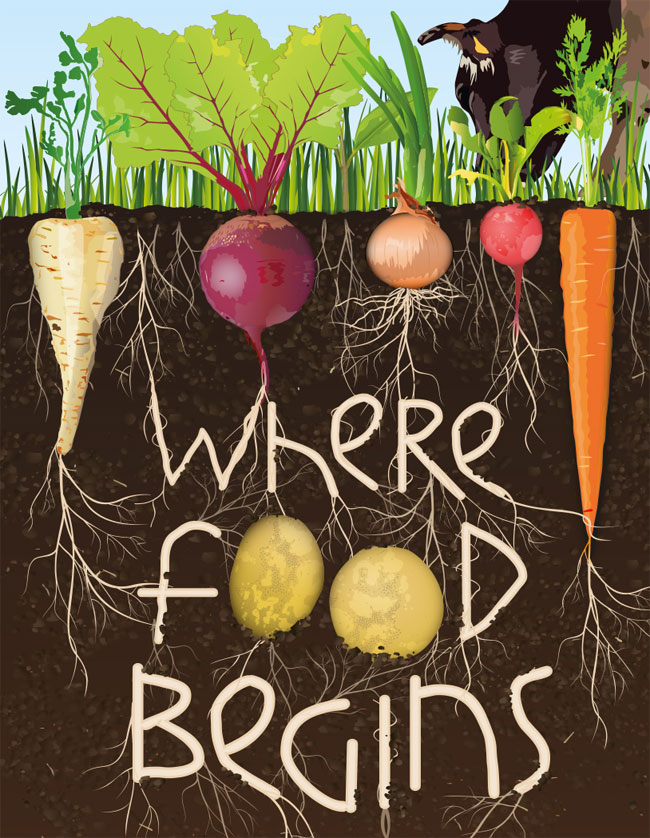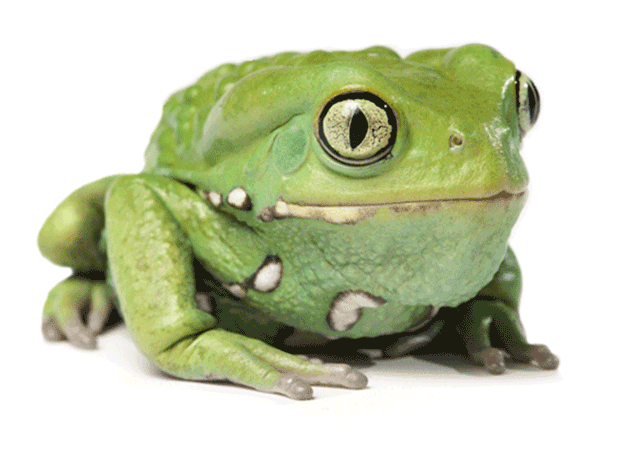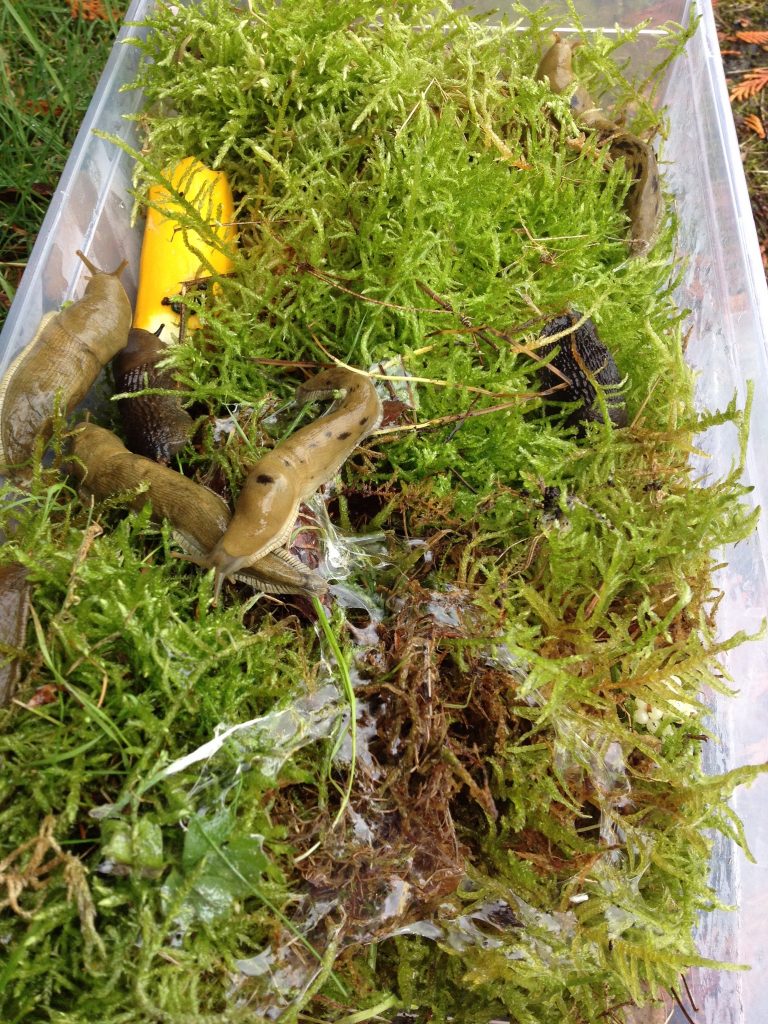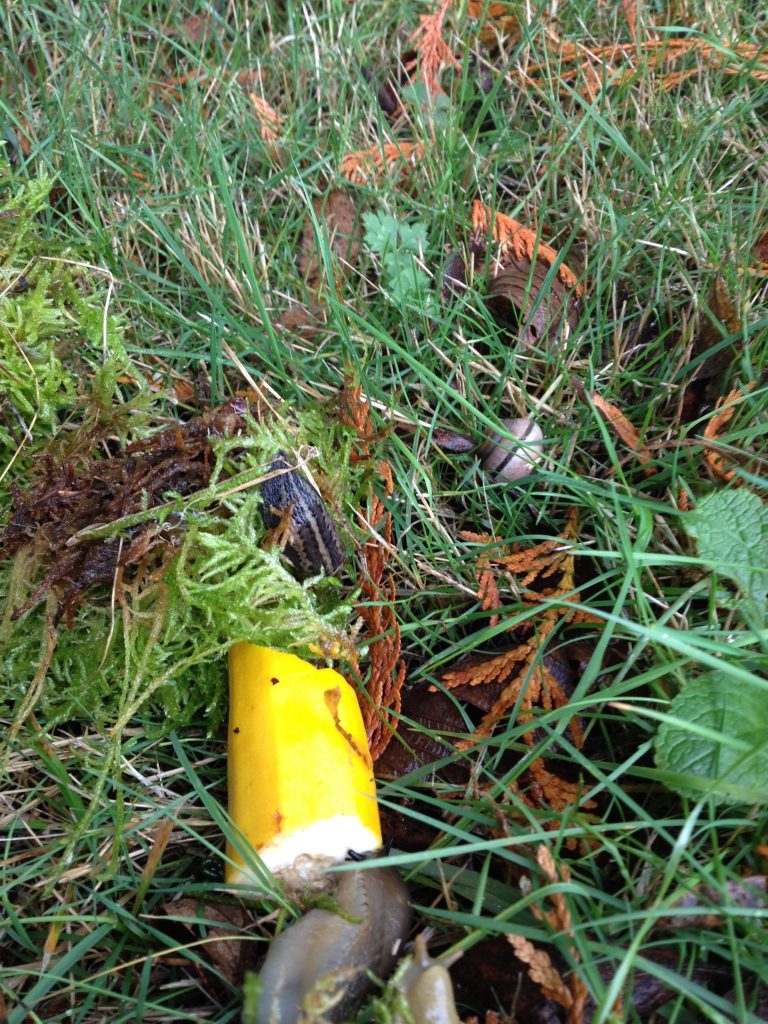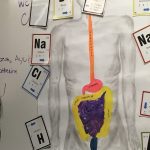LOG IN
Categories
Links we Love
Lab Work
Sc. 10 Tests & Assignments
Science in the news
Monthly Archives: October 2016
Goldman Environmental Award Winner for 2016
Comments Off on Goldman Environmental Award Winner for 2016
Posted in Uncategorized
Planet Earth gets a failing grade for not being able to sustain biodiversity
Comments Off on Planet Earth gets a failing grade for not being able to sustain biodiversity
Posted in Uncategorized
The SCIENCE of how and why we swear – what profanity can teach us about how we tolerate pain.
Option #1:
What can we learn about the science behind profanity (shocking words?_
“One thing we know from pain experiments—where subjects put their hands into nearly-freezing water to see how long they can hold it there—is that people do better when they are told to swear. However, people who report swearing more in their normal lives show less pain alleviation when they swear with their hand in cold water. So swearing does less for people who swear more.”
Research Questions:
Can cats be left-paw or right-paw dominant?
What do the results indicate about their brains?
Most humans have a preferred hand (and foot, eye and ear), meaning that one of the pair responds more frequently than the other to stimuli. Human brains map into two hemispheres that have specialized functions with “crossed” connections. The left hand is controlled by the right hemisphere’s cortex region and vice versa.
The constants in this experiment are the cats, the environment and the tester. The cats will respond to various—tempting—articles in their vicinity, and the frequency with which they use each paw is recorded. Across activities, a general conclusion can be reached about paw preference and perhaps the similarity of a cat’s brain to that of a human.
Materials:
Group of cats.
Cat treats.
Feathers.
String.
Logbook.
Experimental Procedure
Record the gender and age for each cat.
Place a treat beneath a piece of furniture or piece of paper near the cat.
Observe which paw the cat uses to reach for the treat.
Take a short break and repeat. Do this again for a total of three times per cat.
When the cat is lying quietly, gently twist a feather approximately 12 inches from its upper body and lay the feather down.
Observe which paw the cat uses to reach for the feather.
Take a short break and repeat as above.
Likewise, with similarly reclining cat, wiggle a six-inch piece of string in front of the cat.
Observe which paw the cat uses to try and trap the string.
With nine results for each cat, calculate a percentage for the two paws and make conclusions about paw preference.
A table can record the results:
Test
Cat 1
F, 3 yrs
Cat 2
M, 5 yrs
Cat 3
M, 2 yrs
Cat 4
F, 8 yrs
Treat 1
Treat 2
Treat 3
Feather 1
Pie charts can display the percentages visually:
Comments Off on The SCIENCE of how and why we swear – what profanity can teach us about how we tolerate pain.
Posted in Uncategorized
Slugs freed back into the wild after being used as research subjects.
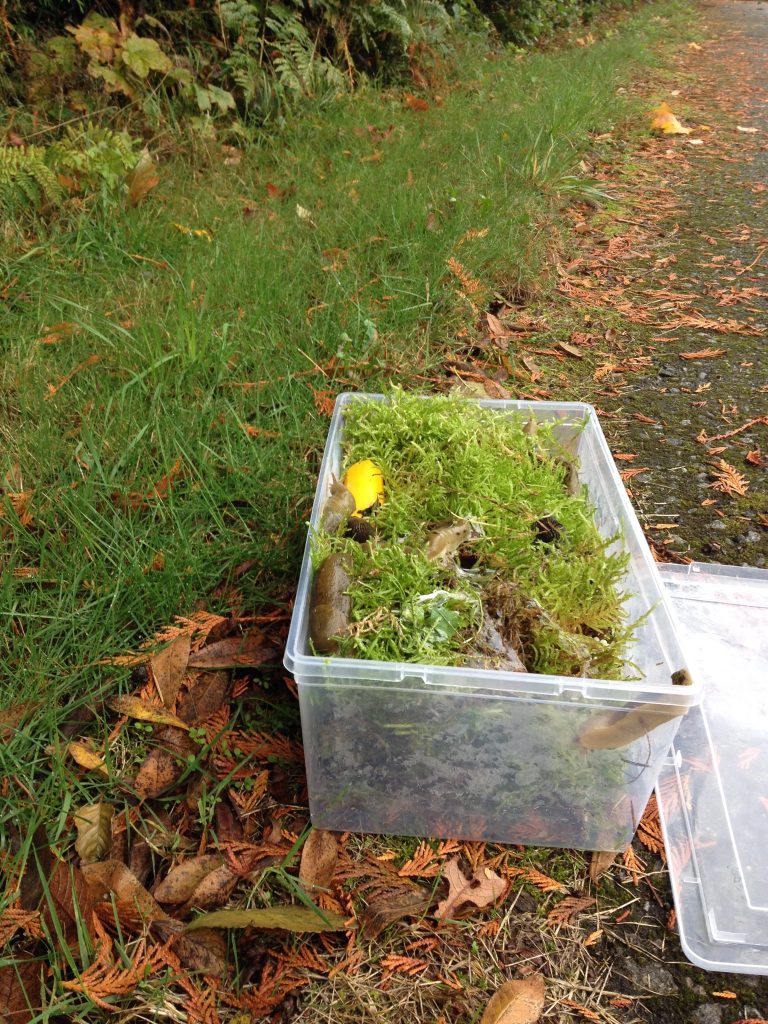
The Banana slugs, Leopard slugs and the European Slugs were finally freed and allowed to return to their regular habitat after working in the science lab for the past three weeks.
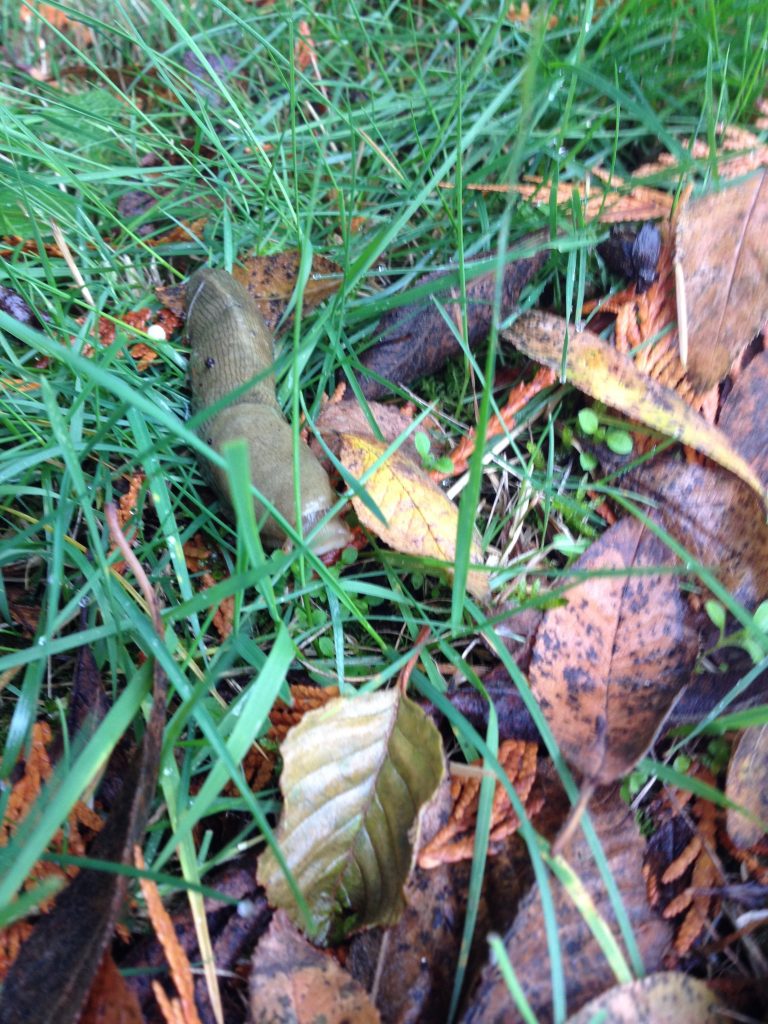
The air temperature in the school lab was approximately 18 degrees celsius. Outside the air temperature was approximately 10 degrees celsius. The ground temperature was approximately 7 degrees celsius. The slugs slithered away after being freed.
Slug Slime has many interesting properties:
Slug slime contains water, mucus and salts. Mucus is made of mucins. These are proteins with attached carbohydrates. They are able to form sticky, moisture-trapping gels when they are added to water. Slug slime is said to be hygroscopic due to its ability to absorb water. It also has the ability to change its consistency when pressure is applied and has elastic properties.
Fresh slug slime is hard to wash off our skin due to its stickiness and hygroscopic nature. Although it may be tempting to immediately reach for soap and water if we’re covered with slug slime, it’s actually easier to let the slime dry and then rub our hands together. The slime will form little balls that are easy to remove.
Banana slugs are interesting and attractive animals.
They are bright yellow to greenish yellow in color and sometimes have black blotches. The banana slug is the second largest slug in the world and may reach a length of almost 25 centimetres although most adults are 15 to 20 centimetres in length. The largest slug in the world isLimax cinereoniger, which is found in Europe and may reach a length of nearly 30 centimeters.
The banana slug is found in the Pacific Coast region of North America from Alaska to California. Its slime contains an anesthetic. A predator that picks up a banana slug would feel their mouth go numb and might drop the slug unharmed.
Freshwater Nematode: A compelling Observation today in the lab…
Comments Off on Slugs freed back into the wild after being used as research subjects.
Posted in Uncategorized
Viscosity- what is it and how is it measured?
Slug slime research time:
Journal of Experimental Biology
Comments Off on Viscosity- what is it and how is it measured?
Posted in Uncategorized
Nobel Prize in Medicine for 2016 – how do cells remove wastes?
Ohsumi said that all his research findings began with a love of the microscope.
“You can answer the most basic and important questions about the nature of life through yeasts,”
The 2016 Nobel Prize for Medicine is awarded to Japanese researcher, Yoshinori Ohsumi,
who studies how the cell processes metabolic wastes. Osumi studies how cells detoxify and repair themselves.
“Although autophagy has been known for over 50 years, its importance wasn’t recognized until Dr. Ohsumi published his research on the subject in the 1990s.
Dr. Ohsumi said he focused his research on a subject that initially drew little interest from other scientists.
“My basic principle is that I want to do things that other people aren’t doing,” Dr. Ohsumi told national broadcaster NHK shortly after the award was announced.”
Comments Off on Nobel Prize in Medicine for 2016 – how do cells remove wastes?
Posted in Uncategorized


